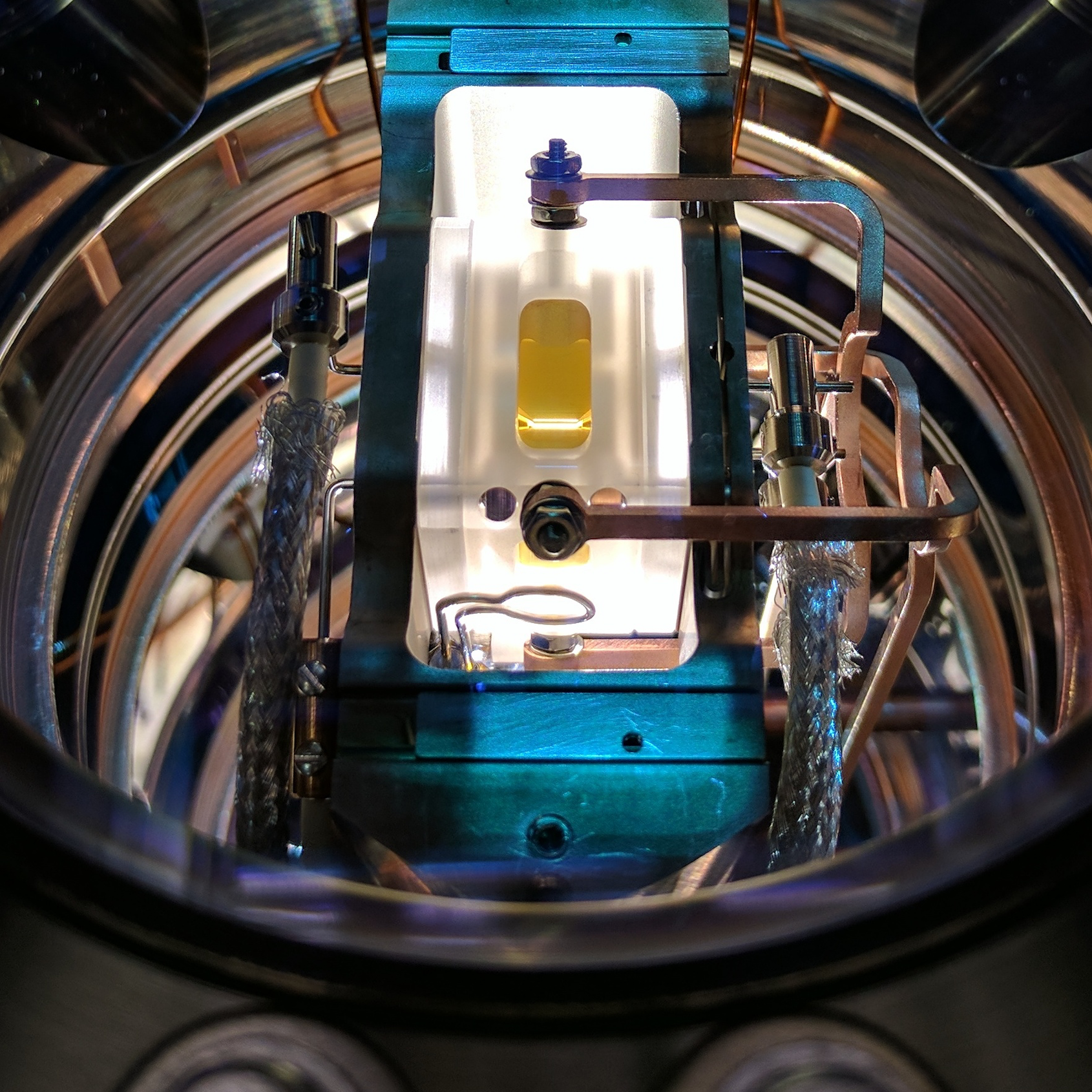Why did Dubai Watch Week invite a quantum physicist to speak?
Nick KenyonScience is very boring. For most people at least, and Michael Biercuk, who works as a quantum physicist, is far from most people. In fact, the phrase “Only boring people get bored” goes a long way to explaining why (if you follow the syllogism) Michael is deeply interested in a highly technical area that causes the eyes of most to glaze over, because he is also deeply interesting.
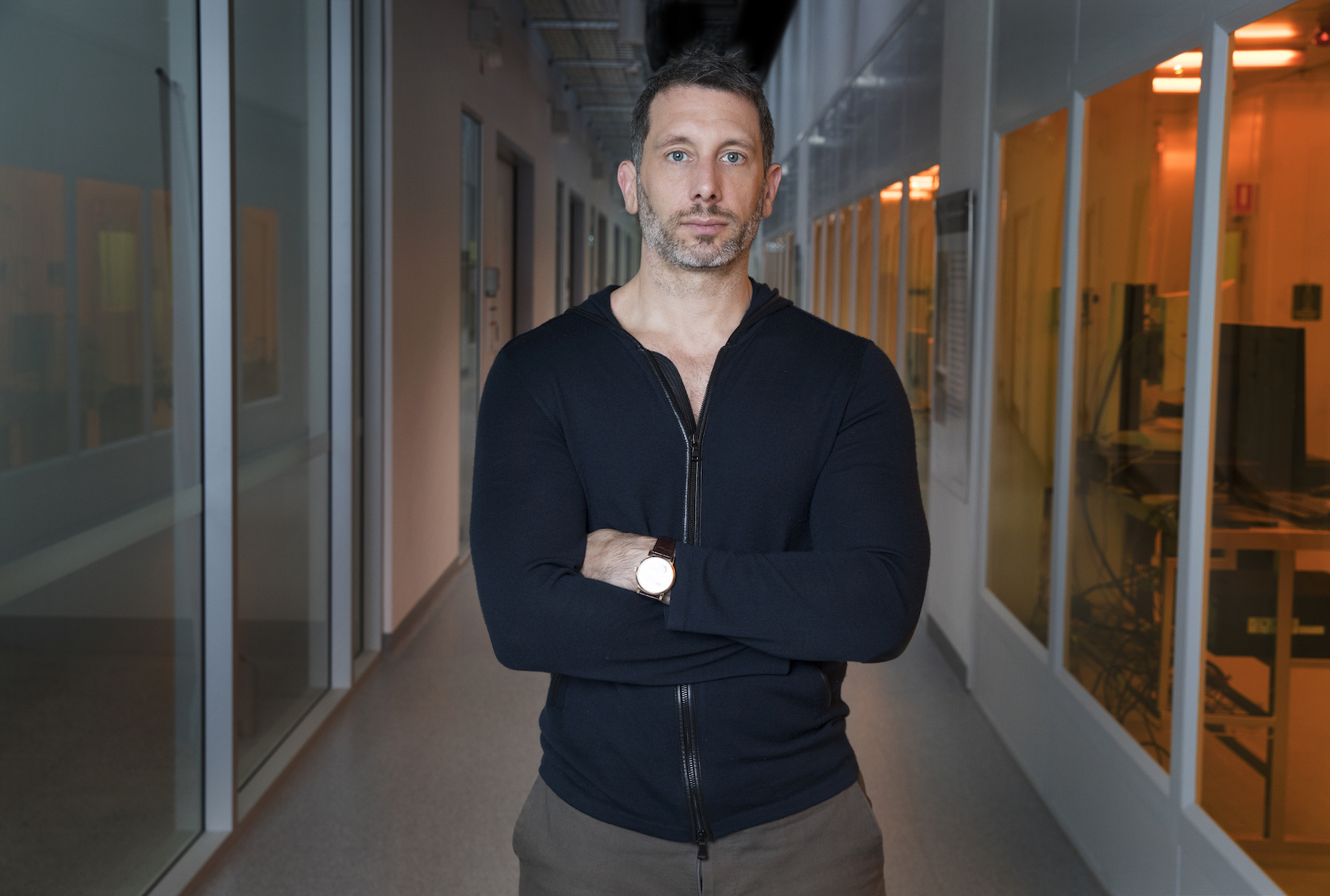
I met with him at Dubai Watch Week, where he was a speaker at the event, and was fortunate enough to sit down with him and find out about his work as Professor of Quantum Physics and Quantum Technology at the University of Sydney, as well as being the CEO and founder of a quantum technology start-up called Q-CTRL. At the university, Michael is responsible for a research team who build quantum computers. “We build this next generation of computational machine that uses the physics we find inside very small things in order to process information in a totally new way,” he said patiently, clearly having explained his job more than once to people who are better with words than numbers. In a similar vein, his company Q-CTRL “specializes in making quantum mechanical hardware perform better.”
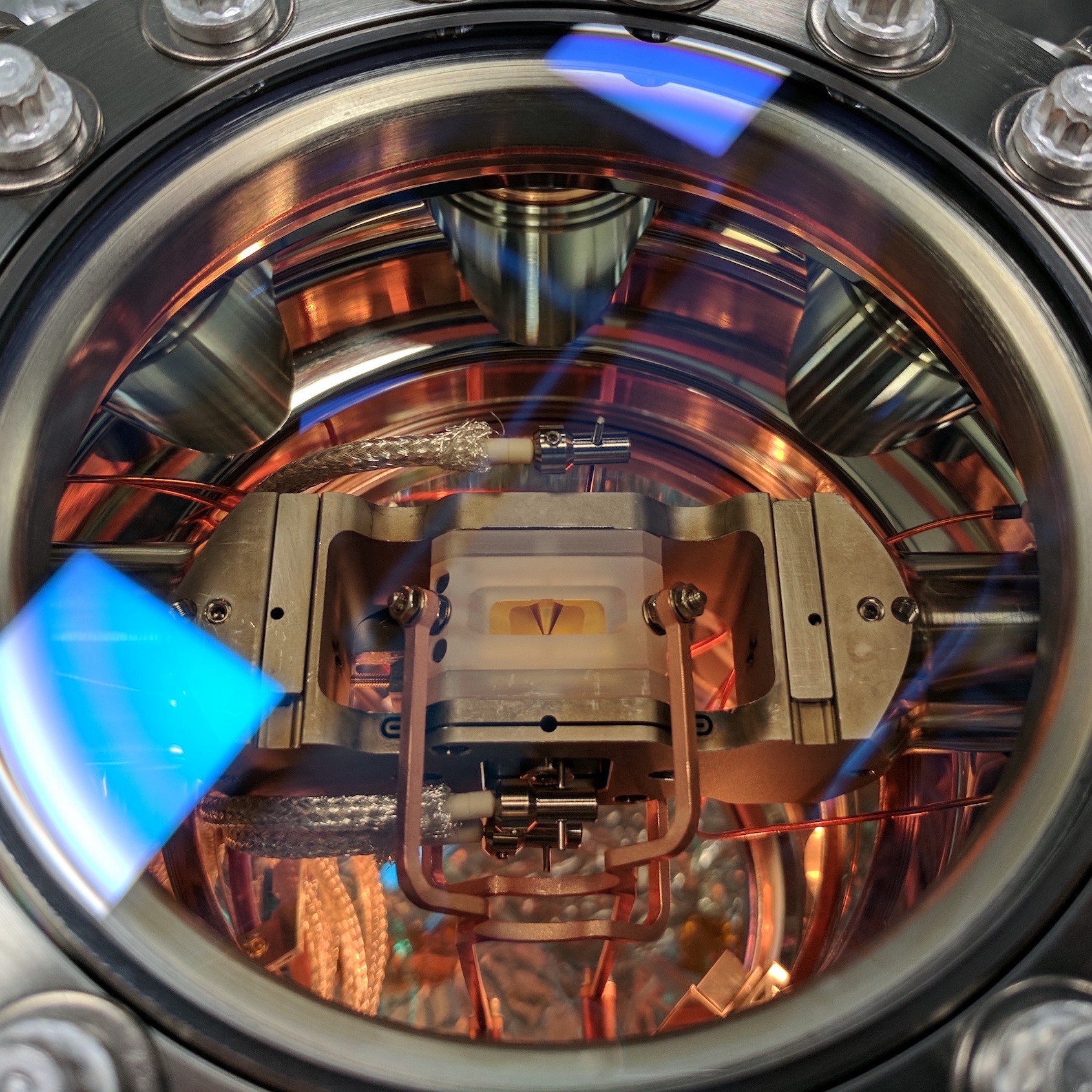
While this goes some degree to explaining how Michael fills his (rather busy) days, it doesn’t quite explain why it is that he took a week out from his (busy) schedule to fly 14 hours around the world to discuss the watch industry. In essence, he explained, it was a trip that was worthwhile thanks to the blend of business and pleasure that allows him to discuss everything from the invention of the atomic clock, to how the collective efforts of his entire career can be expressed in a tourbillon.
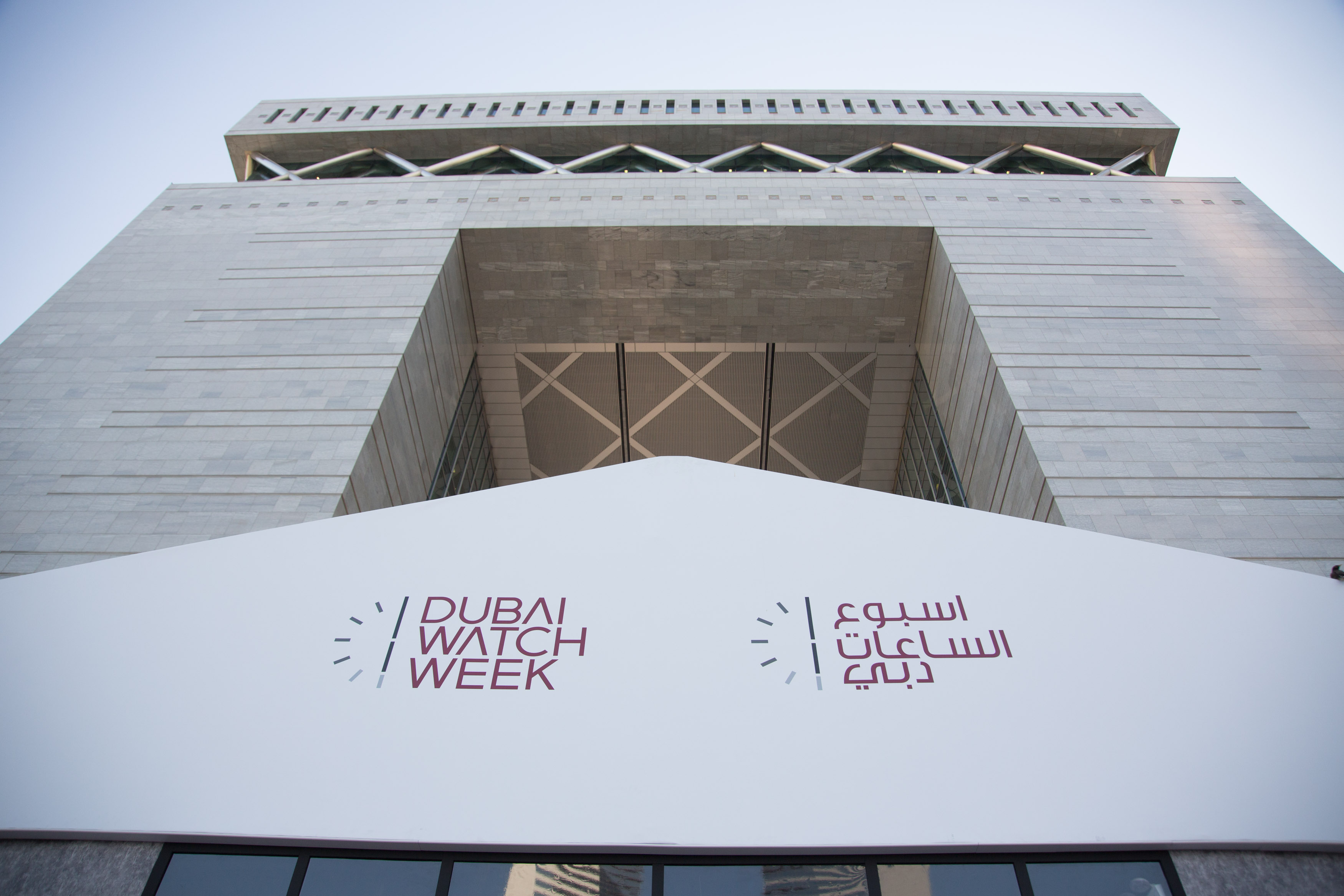
You may or may not know, but one of the ways that quantum physics has been applied is through the development of the atomic clock, which is accurate to about one second every hundred million years. The way this is achieved is by “accessing the very stable tick inside of an atom” to regulate periods of time, and then taking the average of a number of atomic clocks for the highest level of accuracy. It doesn’t end there though.
The next generation of research-grade atomic clocks that have been built, which use individual trapped atoms, are good to almost a second in a billion years. You might say, “Why the F do I care if I lose a second in a hundred million years?” Why indeed, Michael?
“Well, the answer is just like the history of mechanical chronometry: these devices are exceptionally useful because we use very precise clocks in order to position ourselves in space. The more stable the clock, the better we can locate ourselves. But we can also use them for sensing, because these devices are very sensitive and can be disturbed by all sorts of things, such as gravity or wi-fi.”
Michael goes on to explain that while Breguet did his best to mitigate the effects of gravity with his invention of the tourbillon, the problem isn’t totally solved because “gravity influences time inside of an atom”.
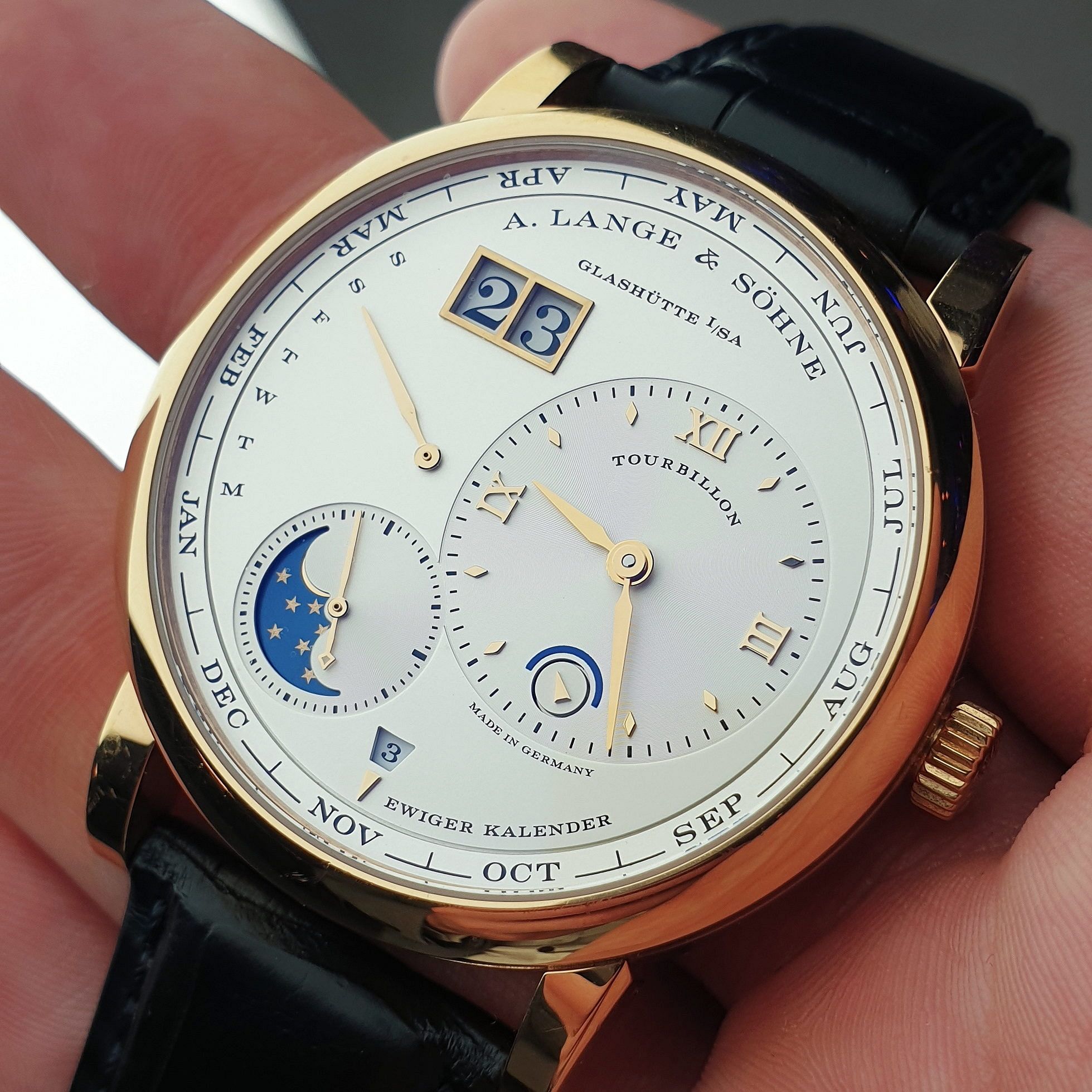
“There was an experiment a number of years ago when I was working in the US at the National Institute of Standards and Technology, where some colleagues of mine took their special atomic clock, and they lifted it by about 30 centimetres. With that small shift of one foot, they were able to measure the difference in beat rate associated with lifting the clock by 30 centimetres because gravity is different as you move away from the centre of the earth. That’s a remarkable level of sensitivity for an atomic clock to register that difference, which comes from their precision.”
Thanks to Breguet trying his hardest to eliminate the effects of the very same gravity that Michael’s colleagues were measuring, the tourbillon has a special place in Michael’s heart because of how it represents what he has been working on his entire career.
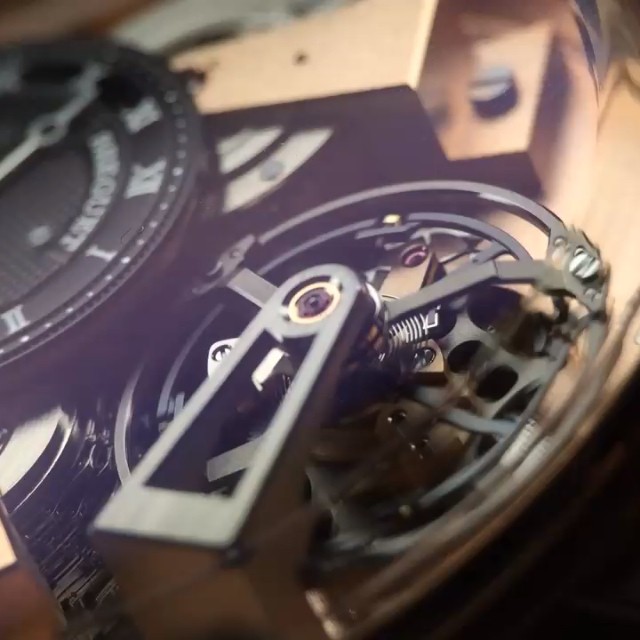
“The tourbillon, as many of your readers will know, is a mechanism developed in 1801 by Breguet, and was designed to stabilise the beat rate of mechanical pocket watches. Because of the constant wearing of pocket watches in the same position, it led to the pull of gravity because the watch was always upright. The spring would get distorted, and would sag effectively. Breguet designed his balance wheel to rotate 360 degrees in order to average out the effect of gravity, and make it more accurate.

“Now that happens to be an example of something called dynamic control, or dynamic stabilisation, where you make something more stable by moving it dynamically. While we’re separated by two centuries, my laboratory uses the same concept of dynamic control as Breguet used to stabilise quantum systems against other forces. For me, as someone passionate about many different watches — I own some Patek and Journe, but I love Lange; I’m a member of Lange Nation and I’m wearing a Lange Perpetual Tourbillon … It’s quite a thing to have more or less my whole research career captured in metal on my wrist. It’s something that I can have a tactile relationship with and that to me is very personal and profound.”
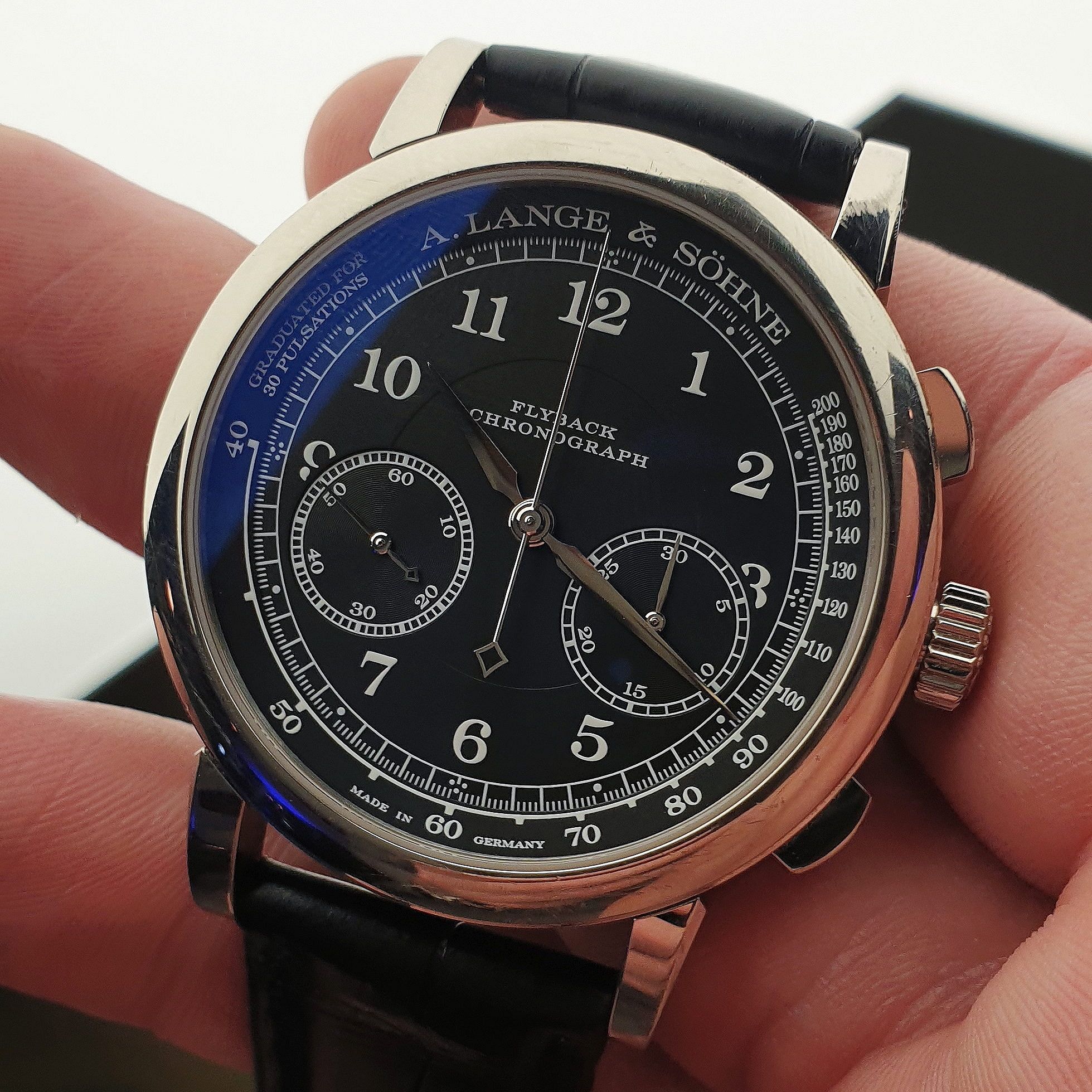
Without a doubt, this is one of the most compellingly badass explanations I’ve ever heard for a love of watches. Michael offers a technically focused explanation of how traditionally made watches are still linked to the cutting edge of modern science timekeeping, and views watchmaking in the rational gaze of the hard sciences rather than through the often emotionally charged lens of artistic craft. It is a belief in the relevance of watchmaking today that feels more convincing than the treat yourself marketing campaigns which carry most of the industry on their well-massaged shoulders. But, most importantly, if you have the right person explaining the science, it very quickly ceases being boring, and can engage you in the potentially dull areas of quantum physics, or watchmaking.





